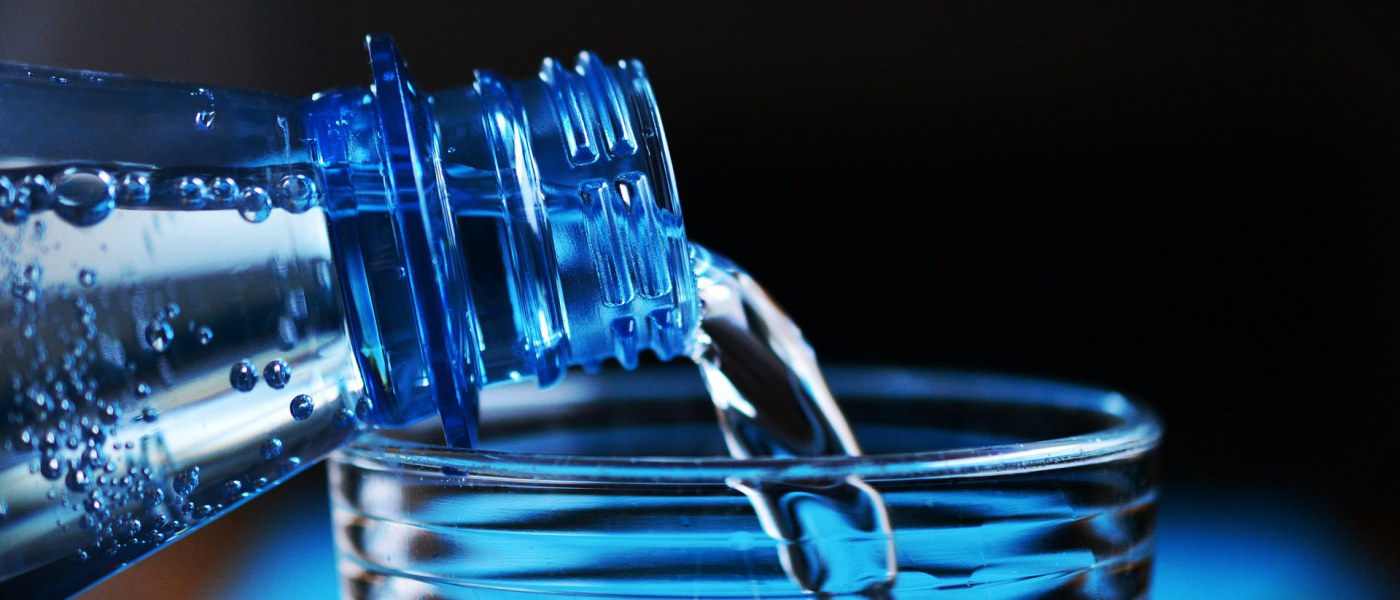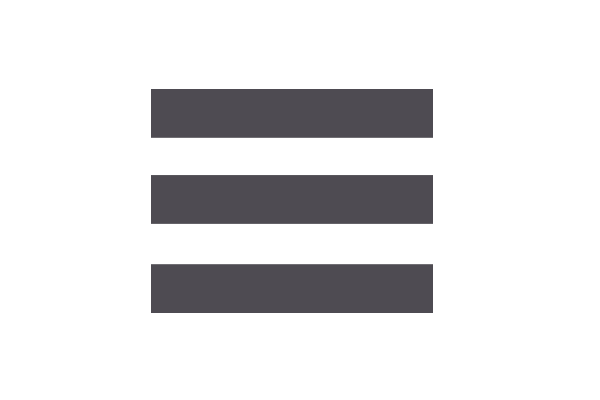
The accuracy – and therefore validity – of the ‘Tests find toxic bottled water in Pretoria’ research has been questioned by a respected hydrogeologist and author after the South African National Bottled Water Association (SANBWA) had promised the media and consumers that it would investigate.
It reached out to a respected hydrogeologist (MSc University of Free State) with 40-odd years of experience in groundwater exploration and groundwater quality, John Weaver, and the ex-head of one of the CSRI’s top analytical laboratories in South Africa, Calie Adlem.
Weaver wrote the guideline ‘Groundwater Sampling, a comprehensive guide for sampling methods. 1992 Water Research Commission’ and was lead author for the Revised Version in 2007. He has been Chairman of SANBWA since 1998. Adlem reviewed the ‘Tests find toxic bottled water in Pretoria’ paper and Weaver’s review of it. He concurred with Weaver.
“For an organisation like SANBWA, whose members adhere to a standard that benchmarks favourably against other stringent standards found globally, the results of this study are exceedingly disturbing,” said SANBWA CEO, Charlotte Metcalf.
“In the absence of a response from the author to our email asking him for clarity on the research and to identify the brands he and the other researchers tested so that we could alert those brands that corrective action needs to be taken, we requested two independent reviews of the published paper. In addition, SANBWA collated trace element chemistry data from nine members' product countrywide for John to comment on.”
In a critical review of the research, which had been published in the International Journal of Environmental Research and Public Health, Weaver said he found numerous errors and probable incorrect data. His observation was that none of the authors understood their subject, neither did the reviewers.
Among the errors identified by Weaver in the research are:
- Use of incorrect units of measure – for example, in Table 1 the units used for EC should be µS/cm (microSiemens/centimetre) - definitely not mS/m
- Lack of understanding of water chemistry or a ‘feel’ for water – for example, the authors state that ‘EC determines the ability of the water to conduct electricity and is a function of the levels of Ca and Mg in water. The TDS on the other hand, determines the taste of the water if the concentrations are above the recommended limit of 1500 mg/L.’ This is incorrect: EC is a function of all the dissolved salts (ions) in the water, not just Ca and Mg. The taste of water is determined by both the concentration of ions, and also the relative percentage of these ions. Water dominated by Ca and Mg tastes different to one dominated by Na and Cl, and very different to one dominated by SO4.
- Lack of clarity about what was being tested/reported – for example, in the method statement the authors state that they ‘digested’ the samples by adding Nitric Acid. This means they analysed for Total Iron, and not just Dissolved Iron. This should have been stated.
- Lack of interrogation of the results – for example, in the discussion about FE or Total Iron, for sample #8, the EC is 3 µS/cm and the TDS is 2 mg/l. With these very low levels of TDS this cannot be a Natural Water (as claimed by the authors), but must be water that has been subjected to reverse osmosis. Given that Fe is a relatively large molecule, and would have been totally removed by reverse osmosis, the authors should not have found Fe in sample #8. This anomaly should have been stated and interrogated. Furthermore, at the levels of FE stated in Table 2, the waters would have presented a very 'irony', 'rusty tin can flavour'. The authors did not query why such 'unpleasant tasting waters' - all 12 of them - would have found favour with the consumers in Pretoria.
- Analytical errors – for example, table 2 shows values ranging from 142.53 µg/L to 164.70 µg/L, with one outlier at 190.26 µg/L. This very tight range of excessively high values is extremely suspicious, and most likely an analytical error. It appears the authors accepted the reading at face value, without wondering why all 12 bottled waters would have unacceptably high levels of chrome, more than double the limit of 50 µg/L.
- Misunderstanding of testing protocols – for example, Chrome occurs in three forms: Cr or Cr-0 (chromed metal and stainless steel), Cr3+ or Cr-3 (the common dissolved chrome), and Cr6+ or Cr-6 (toxic, and therefore the only ion of concern). The analysis for Cr-6 is specialised and water samples must be analysed within 24 hours of collection because Cr-6 converts to Cr-3. A Cr level of 50 µg/L in bottled water or drinking water is a precautionary limit. If near or above this level, then the investigator must return to the field and specifically collect samples for Cr-6 analysis. Before collecting these samples, the investigator has to identify a capable laboratory and arrange a precise time for delivery so that the 24-hour limit is adhered to. Buying bottles off the shelf does not qualify for this testing. Further, the samples tested by the authors were kept for periods longer than 24 hours.
- Comparison against outdated guidelines – for example, the authors reference WHO 2007, when there is a 2017 (4th) version available online, and free of charge.
“Perhaps the most irritating error made by the authors is a conceptual one,” said Weaver. “The WHO Guidelines are for drinking water, whereas the waters analysed are bottled water. Bottled Water is defined as a foodstuff, thus has separate regulations and standards being, in South Africa, R.718 of 28 July 2006: Regulations relating to all packaged water and SANBWA Packaged Water Standard: Requirements for Source Water, Processing and Packaging 2019. These have been based upon CODEX Standards.
“I also find it very strange that the authors did not analyse for fluoride and mercury, high levels of which would definitely be toxic, but did analyse for V (vanadium) and Ti (titanium). Neither of these appear in any guidelines or regulations as metals hazardous to health, or aesthetics, or taste. The rationale for analysing them was not described in the paper,” Weaver said.
Metcalf added: “The data from this collation and our own routine inspections show a radically different scenario to ‘Toxic in Pretoria’ findings. Briefly, our members are required to regularly submit samples to accredited laboratories which then test these waters according to the SANBWA standard. The results are inspected by our independent auditor, SANBWA, and varied specialists.
“Our members’ results for toxins and heavy metals are historically below the level of detection or very far below the maximum allowable limits. This is due to the diligent process of investigation and protection efforts prior to starting up a water bottling plant. The SANBWA focus is on ensuring quality and safety from the source. Unsafe sources are not allowed to be bottled in the SANBWA fold.
“We are confident that SANBWA members’ water conforms to all relevant legislation and is safe for human consumption. The best way for consumers to protect themselves from unscrupulous bottlers is to look for the SANBWA logo on a bottle of water.
“This is a seal of quality and safety and ensures that the source is protected and sustainable. It – importantly – also offers the consumer peace of mind that the product is from a source that has been vigorously checked for the absence of contamination and pollution, that the bottling facility is hygienic and operated according to good manufacturing practices, and that the necessary procedures are in place to ensure the quality of the product.
“It is also regrettable that the research references inaccurate claims about plastic issues debunked long ago, and that the labels of the brands are not representative of the chemical content identified by the study. SANBWA members use annual seasonal averages based on accredited testing on their labels,” she said.
SANBWA members brands are: Aqua Monte, aQuellé, Bené, Bonaqua, Nestlé Pure Life, Dargle Water, Designer Water, Aquabella, Fontein, La Vie De Luc, Thirsti and Valpré.
SANBWA is a voluntary association of bottlers. It was formed in 1997 (in the absence of legislation) in response to the need for the natural bottled water industry to set standards with which to regulate its industry.
These bottlers researched the accepted norms, standards and government regulations of more established natural bottled water markets before working with the Department of Health to draw up new legislation specifically based on the Codex Alimentarius to regulate and monitor the quality of local bottlers.
References:



